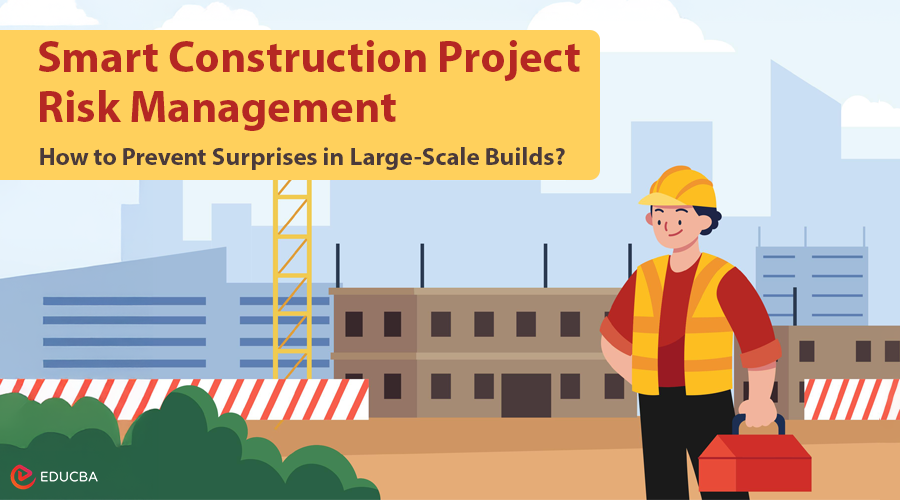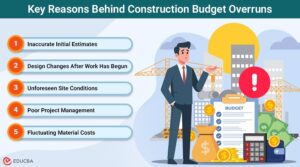
How to Avoid Surprises in Large-Scale Projects?
Large-scale construction projects present complex challenges that require meticulous planning and precise execution. Even minor oversights during the planning phase can result in significant cost overruns and schedule delays later on. This article explores proven strategies that industry professionals employ to anticipate potential issues before they escalate into costly problems, with a special focus on construction project risk management.
The Critical Role of Professional Estimation
One of the most effective ways to prevent unpleasant surprises is to engage a professional construction estimating company early in the planning process. These specialists bring a level of detail orientation that goes beyond basic quantity calculations. Their comprehensive approach considers regional material availability, labor market conditions, and historical data from similar projects. When it comes to specific elements like flooring installation calculations, this expertise becomes particularly valuable in accounting for material waste patterns and subfloor preparation requirements. Accurate estimation is a key pillar of construction project risk management, as it helps avoid budget shortfalls and procurement delays.
Comprehensive Planning for Material Requirements
Accurate material forecasting forms the backbone of any successful large-scale project. The difference between theoretical calculations and practical requirements often becomes apparent in areas such as surface coverage measurements. Professional quantity assessment for floor systems requires accounting for pattern matching, directional installation, and irregular room shapes that dramatically affect material needs. These nuanced considerations separate rough estimates from reliable projections that contractors can actually execute against—an essential component of construction project risk management .
Contingency Planning in Construction Project Risk Management
Experienced project managers understand that no plan survives first contact with reality entirely intact. This reality makes contingency planning not just advisable but essential. Industry-leading projects typically incorporate buffer percentages that account for potential material price fluctuations, weather delays, and unexpected site conditions. The specific contingency percentage varies by project type, with complex interior finishes often requiring larger buffers than structural elements due to their sensitivity to perfect conditions. Including well-thought-out contingencies is a proactive construction project risk management tactic to shield the project from avoidable disruptions.
Leveraging Technology for Precision
Modern construction technology has revolutionized how professionals approach large-scale projects. Advanced measurement tools now enable millimeter-accurate assessments of spaces, while material calculation software can account for complex installation patterns automatically. These technological solutions complement rather than replace human expertise, creating a powerful synergy that minimizes guesswork. For surface material professionals, these tools prove particularly valuable in visualizing how materials will interact with irregular spaces before installation begins. Incorporating such innovations strengthens construction project risk management by enhancing accuracy and reducing unforeseen issues.
The Importance of Regular Progress Reviews
Static project plans often fail to account for the dynamic nature of construction sites. Implementing regular progress assessments allows teams to identify potential deviations early, when corrective measures remain most cost-effective. These reviews should compare actual material usage against projections, track labor productivity rates, and verify that installation sequences align with the original timeline. Floor covering specialists particularly benefit from these periodic check-ins, as they can adjust material orders based on actual progress rather than theoretical models.
Collaborative Approach to Problem-Solving
The most successful projects foster open communication between all stakeholders – architects, contractors, material suppliers, and specialty installers. This collaborative environment enables early identification of potential conflicts between different building systems before they manifest on-site. When all parties understand how their work intersects with others’, they can proactively address issues that might otherwise lead to costly rework. This approach proves especially valuable for projects involving intricate surface material installations that must coordinate with multiple other building systems.
Using Historical Data in Construction Project Risk Management
Smart project teams don’t treat each new project as a blank slate. Analyzing data from completed projects provides invaluable insights into realistic productivity rates, material waste patterns, and common pain points. This historical perspective helps teams set more accurate benchmarks and identify potential trouble spots before they arise. For professionals specializing in interior finish calculations, this data reveals how different material types perform in various installation scenarios, allowing for more informed decision-making.
Final Thoughts
Avoiding surprises in large-scale projects requires a combination of thorough planning, professional expertise, and adaptive management. From the initial quantity surveys performed by construction cost specialists to the final installation quality checks, each phase demands attention to detail and proactive problem-solving. By implementing these strategies within a solid construction project risk management framework, project teams can transform potential surprises into manageable variables, ensuring smoother execution and more predictable outcomes.
Recommended Articles
We hope this guide on construction project risk management helps you navigate large-scale builds with greater control and confidence. Explore these recommended articles for expert insights on cost estimation, scheduling, and proactive construction planning.
- Project Risk Management Plan
- Project Tracking Software
- Phases of Project Management
- Risk Management Career



